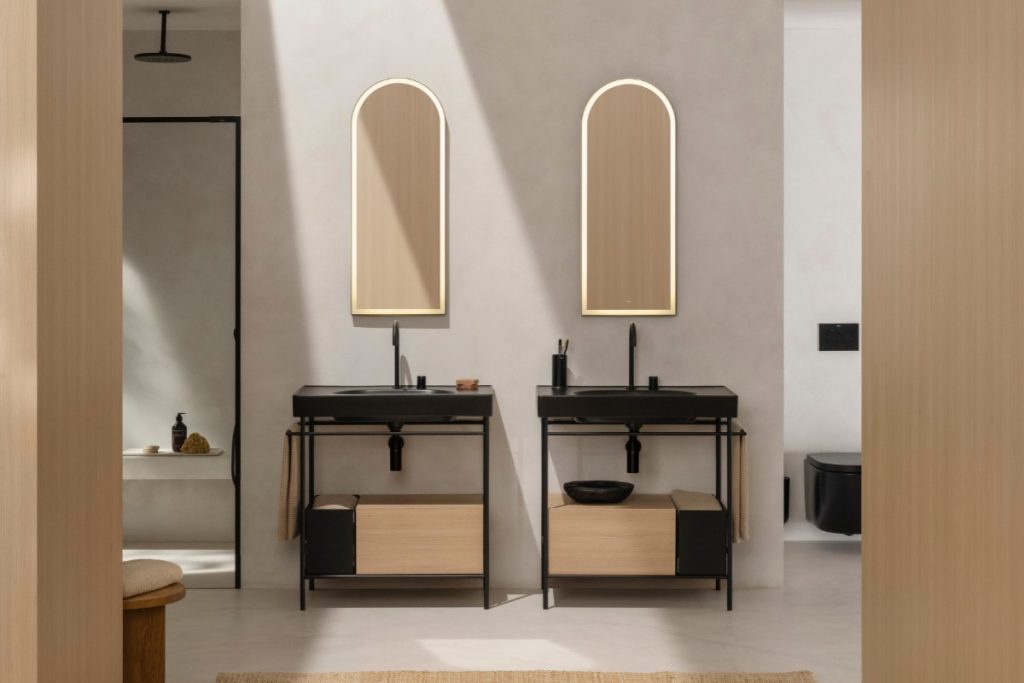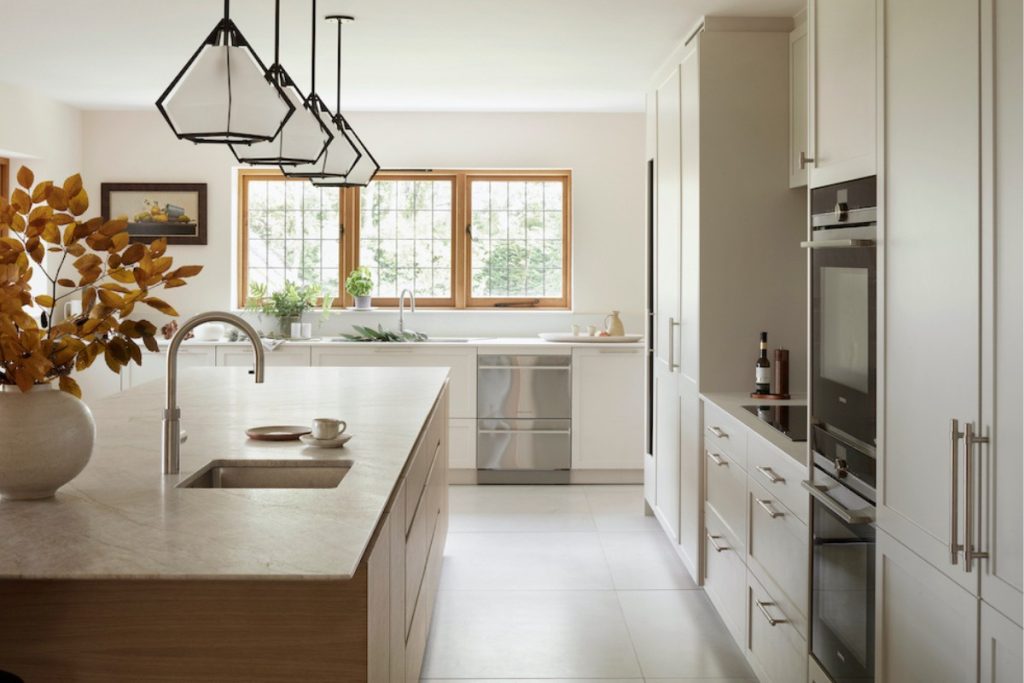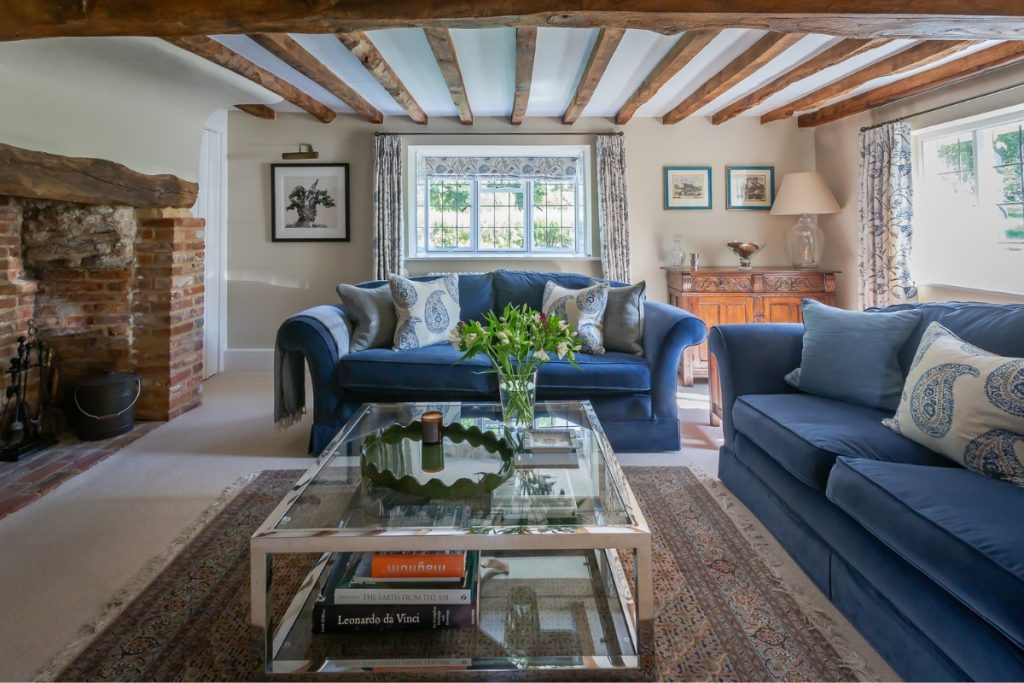The use of reclaimed and recycled materials is starting to become relatively standard, with many designers embracing the challenges that using a non virgin material brings.
There are myriad advantages to using any type of reclaimed material, but despite ecological and sustainable design becoming part of any discerning design studio’s working practices there can still be the misconception that ‘eco’ design does not necessarily mean ‘refined’ design.
Even though there can be distinct limitations to the reuse of an object or material, these can, and should inform the design process, with the clearest and strongest qualities being developed for the new object.
What is encouraging to see is that there are more and more products being developed along these lines, with a recycled foundation but a refined end result.
An example of this developing strand of design is beautifully illustrated by Canadian designer Tat Chao with the BIPOLAR range of pendant lights.
At first glance, these pendants appear to be lit glass lozenges which have been pinched around the middle with a metal ‘belt’, possibly during the glass blowing process.
But their appearance is rather deceptive. These are not hand blown glass shapes. They are recycled wine glasses.
Forming part of Chao’s IN VITRO range, the BIPOLAR light uses two reclaimed wine glasses to form each of the pendants. Their bases are removed and used in another project and the stems are shaped to a point before they are joined about the rim with a thin anodised aluminium band, housing a strip of LED lights.
The result is a simple, glowing pendant light which ticks not only the sustainability boxes but excels at being a piece of elegant design.
Whilst this is not a ‘bespoke’ piece as such, the fact that reclaimed materials are used in the process of construction ensure that each BIPOLAR is different from the next, with each light varying in glass design, shape and size.
Plus, this is a project where the concept can be carried across a range of found materials with ease, ensuring that the design is adaptable – an essential element of any true ‘sustainable’ product that uses recycled pieces. There is no point designing a product which becomes so popular that virgin materials have to be used. Design a process which can adapt.
The BIPOLAR light succeeds on all of these main points – it is simple yet elegant – in conception, construction and when finally suspended and lit. A great example of a truly beautiful, sustainable lighting design.
Visit www.tatchao.com for further information on the range.
Written by eco interior architect & designer guest blogger Claire Potter



